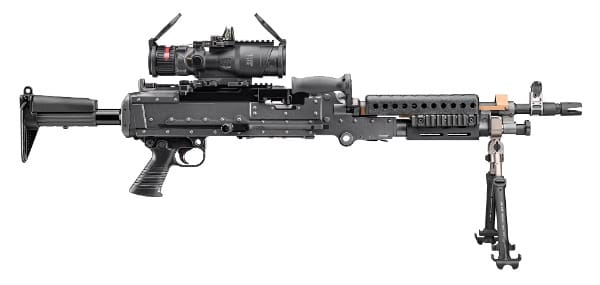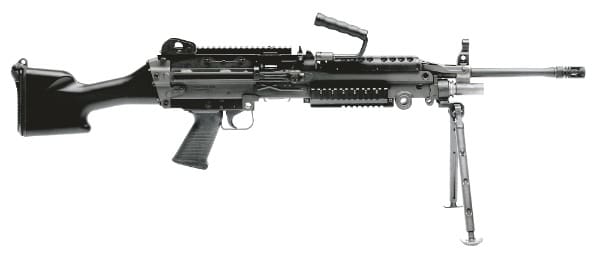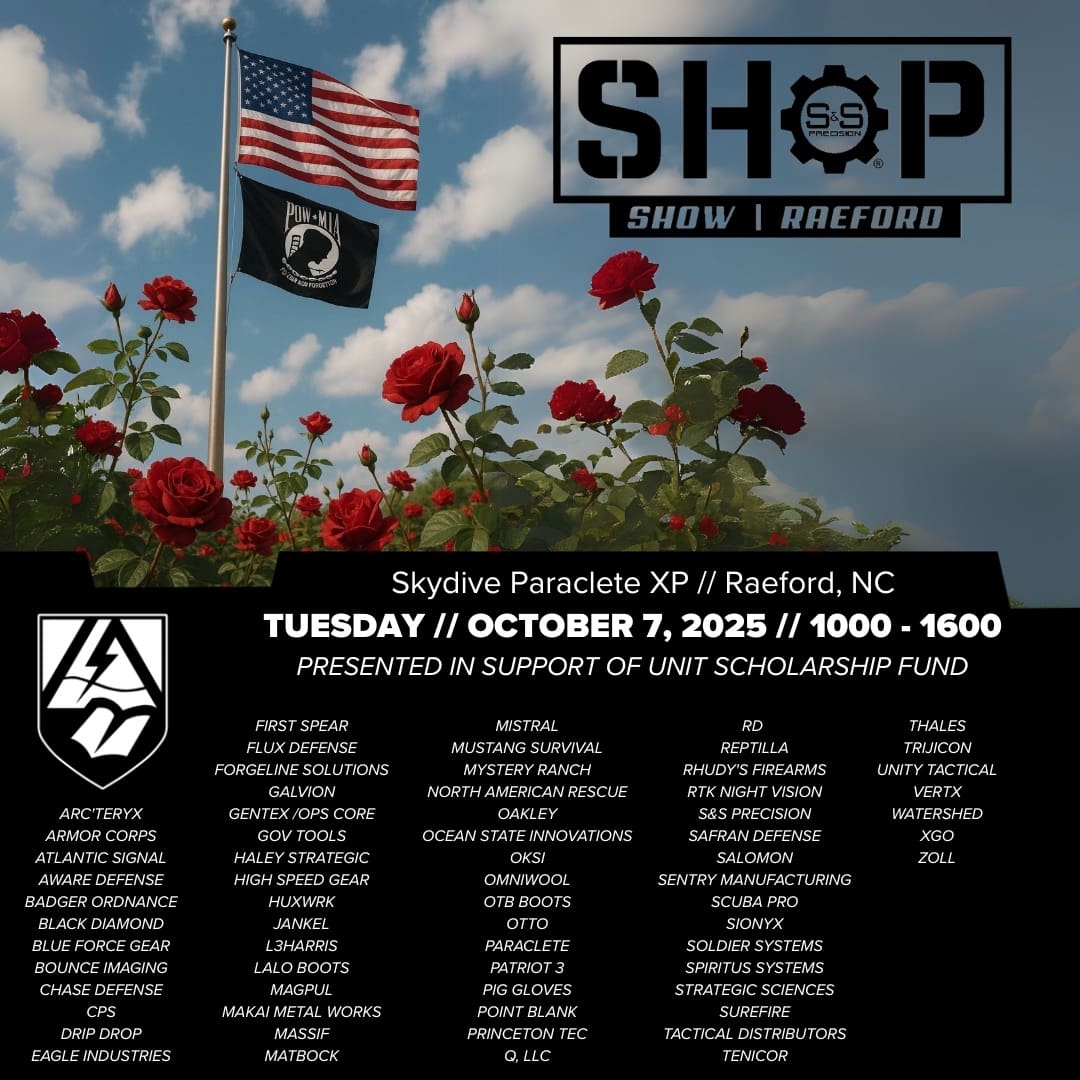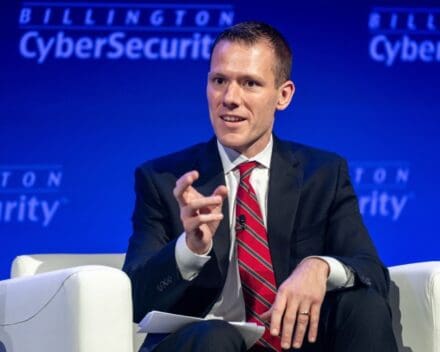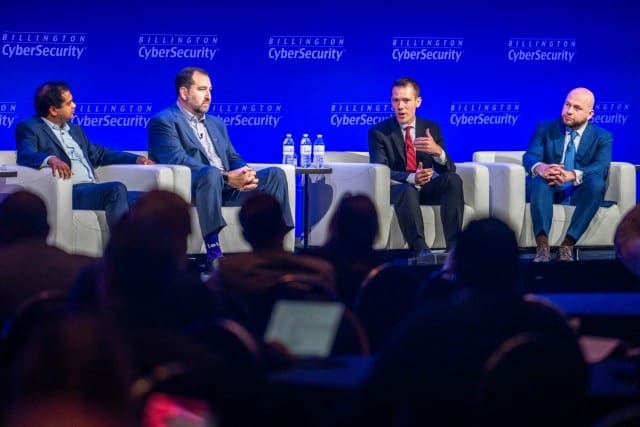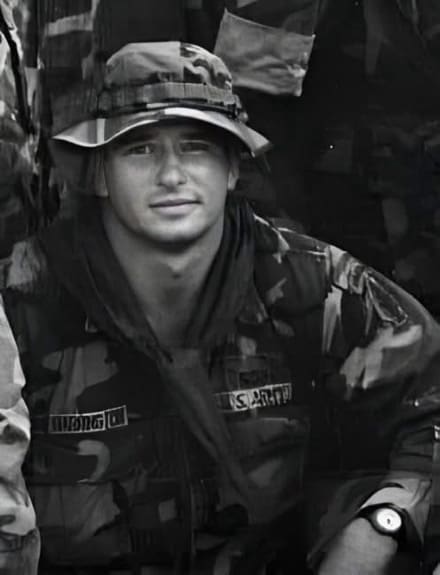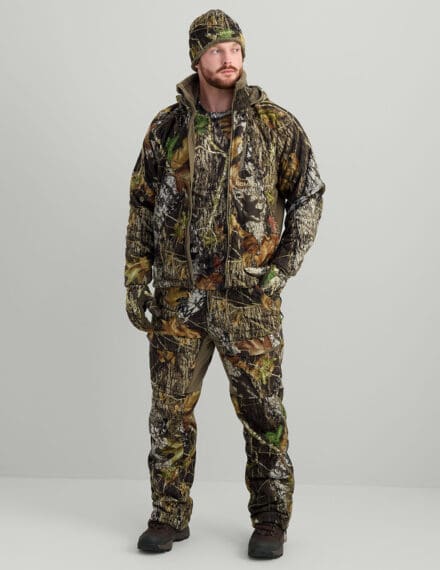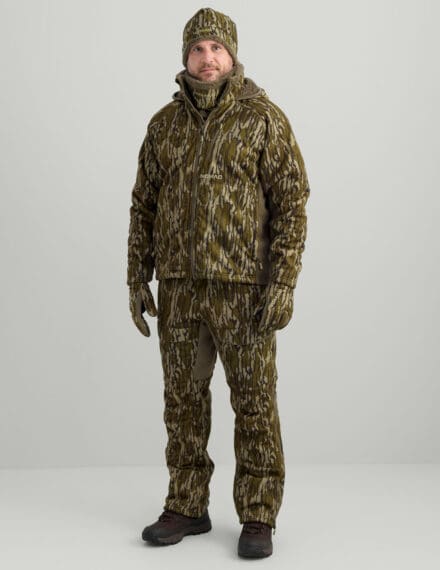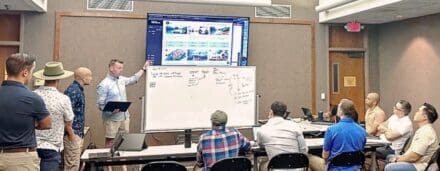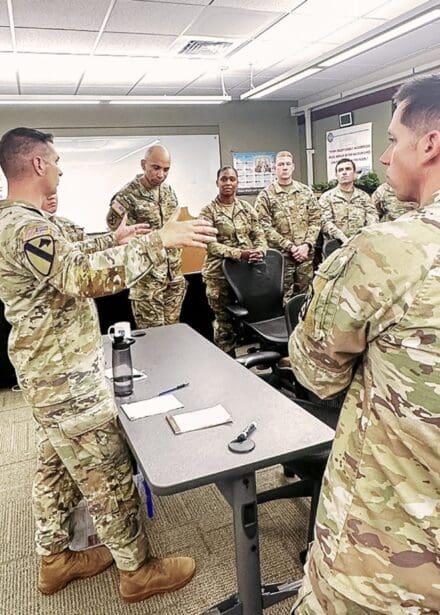
Sales Manager – Thril
Location: Pipersville, PA (Hybrid/Remote options available)
Reports To: Vice President
Department: Sales & Marketing
About THRIL
Founded in 2017, THRIL is an American firearms accessory company specializing in magazines and firearm accessories. Committed to accessible, high-quality products, THRIL serves OEM, commercial, and military markets, providing solutions that enhance firearm functionality and user experience.
Are you a driven and motived sales professional with experience in the firearms/defense industry?
We are a small but growing company seeking a dedicated and dynamic sales professional ready to take on the challenge of building and expanding our sales in both commercial and military/government markets.
Position Overview
The Sales Manager will develop and execute THRIL’s sales strategy, focusing on commercial and military/law enforcement accounts. This role requires a strategic thinker with deep firearms industry knowledge, exceptional relationship-building skills, and the ability to collaborate closely with marketing to drive revenue growth.
Sales Strategy Development: Create and implement strategies to increase revenue in commercial, military, and law enforcement markets.
Extensive Travel: Up to 100 days per year, including visits to distributors, dealers, supporting rep groups, and industry trade shows.
Account Management: Build and maintain strong relationships with key accounts, including commercial distributors, dealers, major retailers, and government/military clients.
New Business Development: Identify and pursue new business opportunities to expand THRIL’s presence in commercial and military/government markets.
Collaboration with Marketing: Align sales initiatives with branding, promotions, and product launches.
Market Analysis: Conduct market research to identify emerging trends, competitive activity, and opportunities for growth.
Sales Forecasting & Performance Metrics: Provide accurate sales forecasts and track progress against revenue goals and key performance indicators.
Team Leadership & Mentorship: Mentor and guide junior sales staff or supporting reps, fostering a high-performance sales culture.
Customer Feedback & Product Input: Relay customer feedback to engineering to guide future development and product enhancements.
Qualifications
Education: Bachelor’s degree in Business, Marketing, or related field.
Experience: Minimum of 5 in sales, with experience in the firearms or defense industry, including experience with military/government accounts.
Skills: Strong negotiation, communication, and interpersonal skills.
Knowledge: Deep understanding of the firearms industry distribution and dealer network, including commercial and military markets.
Compensation
Base Salary (Hybrid)
Benefits: 401(k) retirement plan, competitive insurance plan
Paid Time Off: 3 weeks
Please email your resume, along with a brief cover letter outlining your relevant experience, to KMcManus@Thrilusa.com


